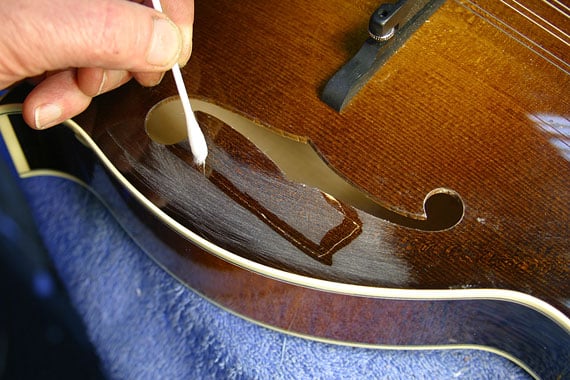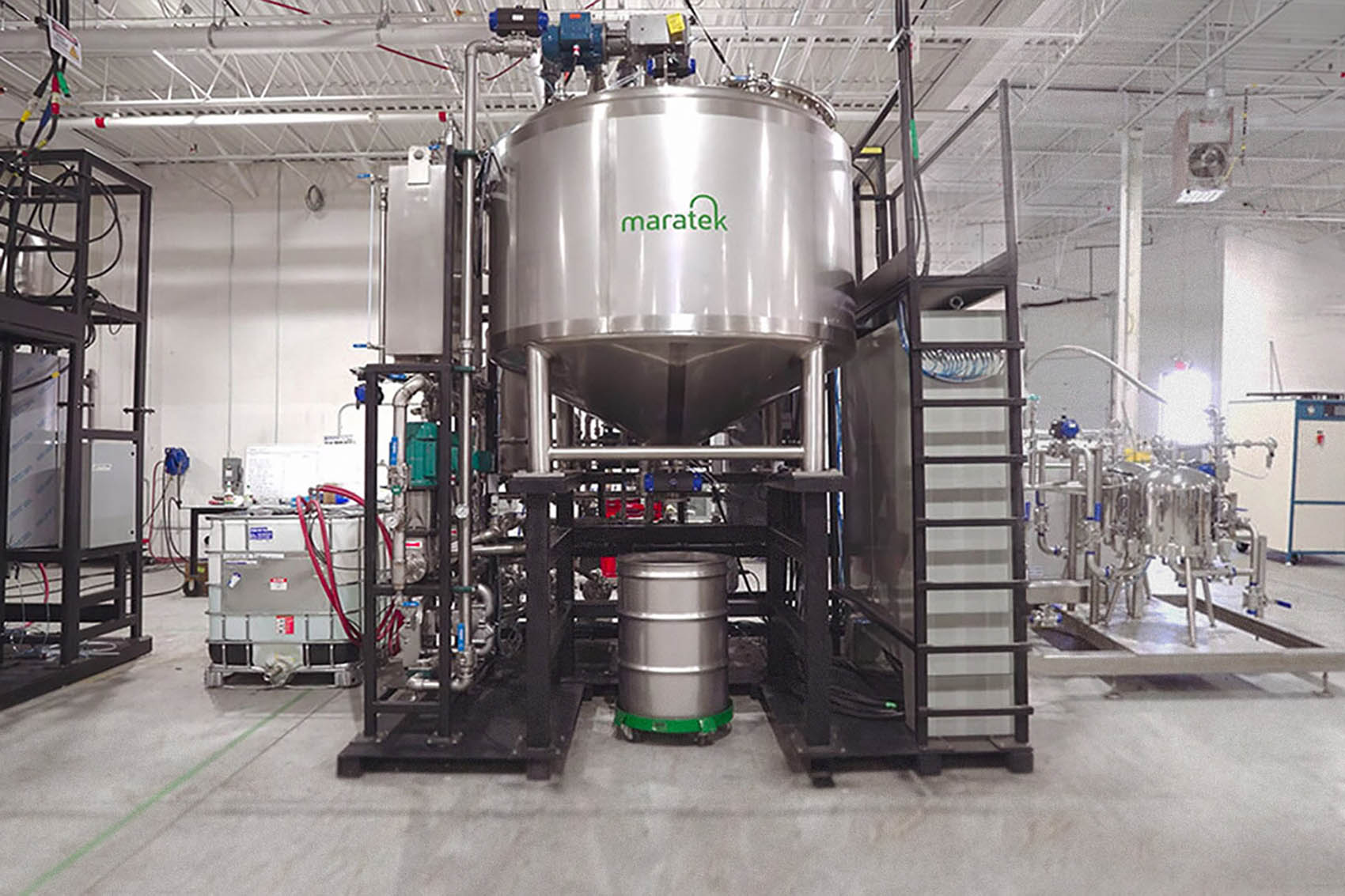How Can I Safely Recycle Nitrocellulose Contaminated Waste Solvent?

Nitrocellulose, also known as; cellulose nitrate, flash paper, flash cotton, guncotton, flash string, is a highly flammable compound formed by nitrating cellulose through exposure to nitric acid or another powerful nitrating agent.
Partially nitrated cellulose has found uses as a plastic film and in inks and wood coatings, and was often used to lacquer coat electric guitars, including Fender and Gibson brands, although it fell out of favor for a number of reasons: pollution, and the way the lacquer yellows and cracks over time.
Nitrocellulose is also used to coat playing cards and to hold staples together in office staplers. More commonly, nail polish is made from nitrocellulose lacquer as it is inexpensive, dries quickly, and is not damaging to skin.
Many other types of industries use inks, lacquers and coatings containing nitrocellulose, which require special consideration for recycling, recovery and disposal, because of the potential of an exothermic reaction under certain conditions. The amount of nitrocellulose used in a typical ink/paint system for example, ranges from 2% to 30%, based on total solids content, therefore it is important to safely recycle nitrocellulose.
On-Site Solvent Recycling
In order to reduce business operating costs, many companies recycle their solvents on-site, due to the high cost of disposal of hazardous waste and replacement solvent.
On-site solvent recycling is definitely the best option to ensure top quality, full reusability and reduce EPA liabilities.
There's a safe and proven method of recycling nitrocellulose available, taking advantage of the cost savings of the solvent distillation process, and using system features and operating procedures, which have been designed and developed through years of experience in this industry.
Factors In Choosing A Safe Solvent Distillation System
In extracting solvent from nitrocellulose-based inks and waste solvent, the objective would be to distill under a relatively low controllable temperature range, and ensure that all of the conditions of temperature and dryness needed to start a reaction are not present at the same time.
Operating temperatures are a variable in industry, as different inks and coatings are normally used and cleaned with a variety of solvents with a wide range of boiling points. Low boiling flammable solvents such as alcohols, Ethyl Acetate and MEK are commonly used. These have a boiling point of less than 200°F (93°C), while new, high boiling, low VOC alternative solvents, such as some N-Methyl Pyrolidone.
A solvent distillation system should incorporate several interlocked features to provide a safe, economical and efficient system, ideally suited to the specific requirements of Nitrocellulose. Any system used for this type of application should be controlled by a Programmable Logic Controller (PLC) for optimal operation and safety, and should include the following features:
- Automatic Vacuum System
- Steep Wall Cone Design
- Scrapers
- Temperature Control
- Auto Cool
If you require more information about safe nitrocellulose distillation please download our white paper - "Distilling Nitrocellulose Contaminated Waste Solvent - Safely"





